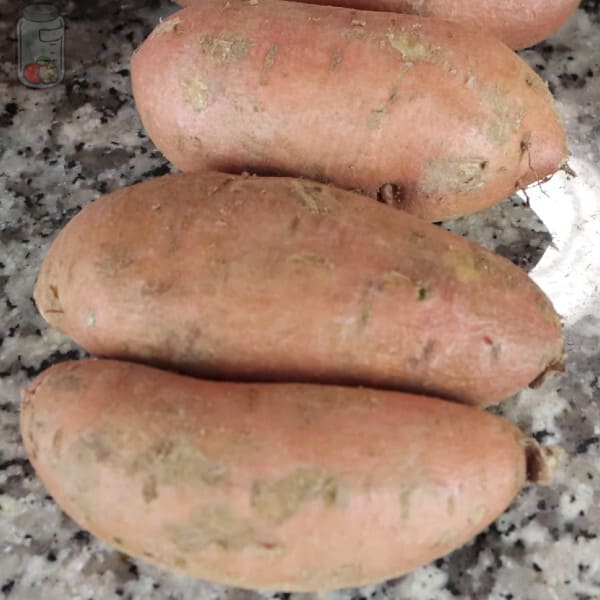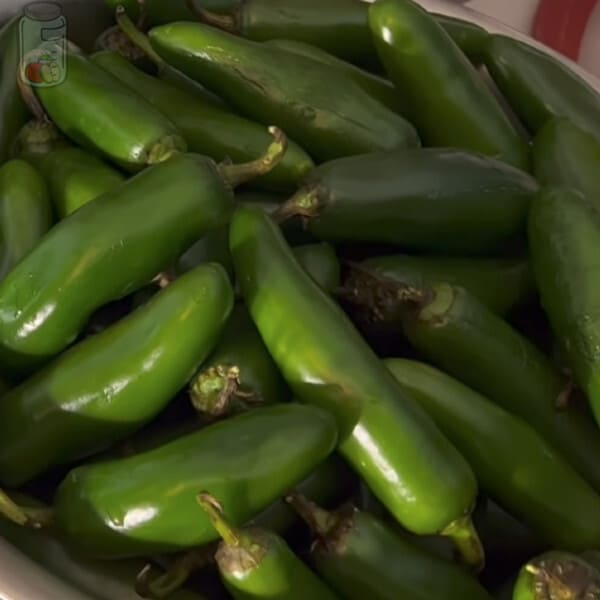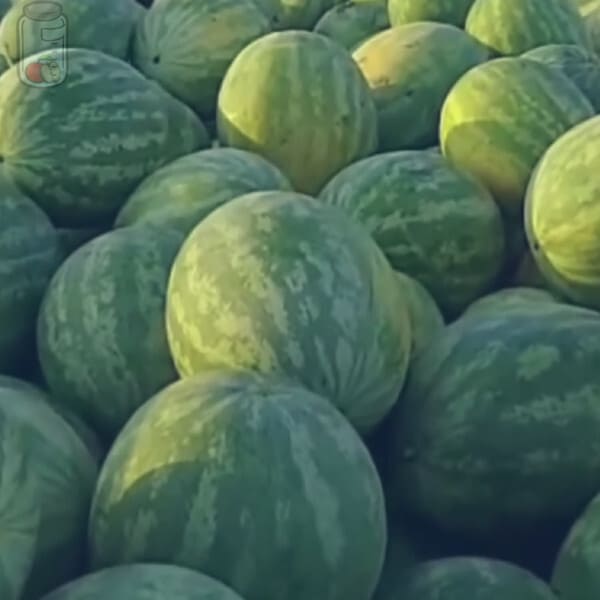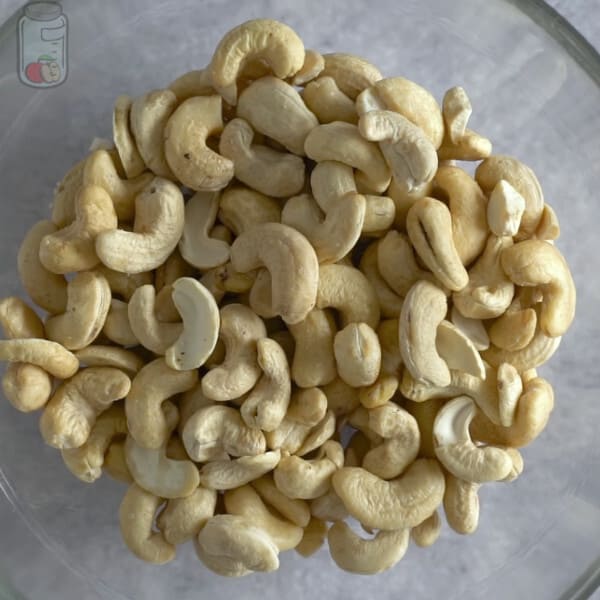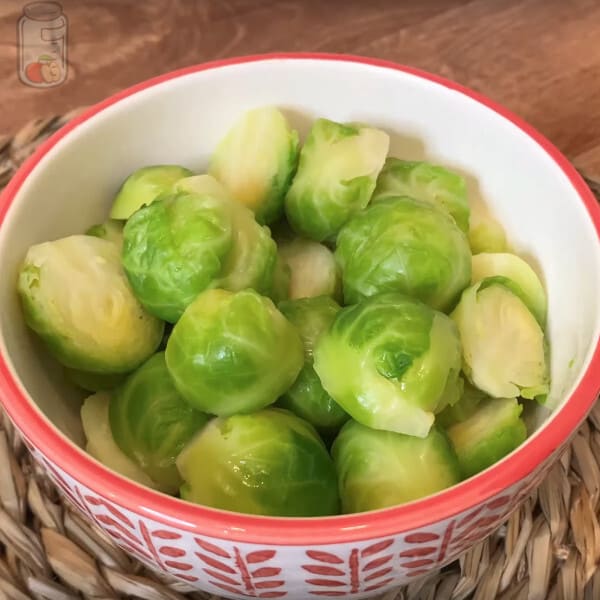Blueberries are delicious, with a mixture of sweet and acidic that works well when you use them in tarts, cakes, and desserts. Of course, you can eat them raw, which is the healthier form of consumption, but today I’m going to talk about how you should store blueberries to make them fresh and last longer.
Keeping the blueberries in the fridge will remain in good condition for 2 or 3 days, but if you freeze them, they will last about four months. Dehydrated blueberries will last one year at room temperature.

Just continue reading to learn more about the correct way to talk blueberries.
How to keep blueberries in the fridge
Blueberries do not usually last long at room temperature. Therefore, they should be refrigerated as soon as you get home with them as follows:
- Step 1: Dry the blueberries.
After acquiring the blueberries, spread them on a tray with paper towels, and remove the leaves and watery berries. Then, use more paper towels over them to remove moisture residues.
I do not recommend washing the blueberries unless you eat, freeze, or use them for another recipe because the humidity is one of its main enemies.
- Step 2: Line a container.
Blueberries usually lose moisture, so it is best to line the container with paper towels. You can also put them in a bag; you must wrap the blueberries with paper towels first.
The container or bag should not be airtight, as they have to allow the blueberries to breathe.
- Step 3: Store the blueberries in the fridge.
Place the blueberries in your refrigerator. Please avoid using the vegetable compartment, as it will not be airy enough.
If you follow these tips, blueberries may be refrigerated for 2 or 3 days. [1]
How to freeze blueberries
Can blueberries be frozen? It is the most common way to preserve them because they are kept for longer. In addition, you can use them as if they were fresh. To do this, follow these steps:
- Step 1: Wash and dry the blueberries.
To wash them, I advise you to mix a cup of vinegar (white wine or apple) with three of water in a bowl, pour the blueberries, stir well, and let them soak for 10 minutes.
Then strain the blueberries using a colander and rewash them under the tap in the same colander. Next, drain well and dry them with paper towels.
- Step 2: Perform first freezing.
Place parchment or waxed paper on a tray and pour the blueberries, but do not pile up. Then freeze for 2 to 4 hours.
- Step 3: Bag the blueberries.
Put frozen blueberries in a freeze-safe bag that is airtight or an airtight freezer-safe container.
- Step 4: Tag.
Write the storage date on the bag or container to know how long the blueberries have been frozen.
- Step 5: Store the blueberries in the freezer.
If you follow all my directions, blueberries can be in the freezer for four months. [2]
To thaw them, pass the portion you will use to the fridge a day before or soak it in cold water for a few hours at room temperature.
How to dehydrate blueberries
If you want your blueberries to last a little longer and store them without the fridge, you can dehydrate them, even those frozen when their “expiration date” is approaching.
To dehydrate them, do the following:
- Step 1: Wash the blueberries.
Pour the blueberries into a colander and put them under the stream of water to wash them. Next, remove the stems, leaves, and rotten or soft blueberries.
- Step 2: Blanch the blueberries.
Add the blueberries to a pot with boiling water for 30 seconds or until the skin begins to crack. Then you take them out and pour them into a bowl with cold water and ice to stop the cooking process.
Please do not leave them too long in cold water. Instead, strain and dry the blueberries with absorbent paper towels as soon as you notice they are cold.
- Step 3: Prepare the tray.
If you use a conventional oven to dehydrate the blueberries, place parchment paper on a tray and then arrange the berries making sure you do not pile them up.
But if you have a food dehydrator, just put the blueberries in the inner jaws of your device without piling them up.
If you want to use your air fryer, make a basket or tray with parchment paper, but this is something I do not recommend.
- Step 4: Dehydrate the blueberries.
Set your oven to the lowest temperature it reaches, between 160-190°F (70° or 90°C) and dehydrate for 7 hours.
For the dehydrator, set the temperature to about 50°C (120°F), and dry them for 8 to 12 hours. They will be ready when they are wrinkled, somewhat stiff, and leathery.
You could also use an air fryer, although it will take longer. You put it at 120°F (50°C) for 15 hours, but constantly check its condition in the last 3 to 5 hours of dehydration.
- Step 5: Bag or package dehydrated blueberries.
Wait for the blueberries to be cold. Then, you store them in a mason or glass jar with an airtight lid, although a plastic one or an airtight bag also works.
- Step 6: Tag.
Write down “dehydrated blueberries” next to the storage date.
- Step 7: Save the dehydrated blueberries.
You can store them where sunlight or heat does not hit directly and is free of moisture. For example, it can be some area of your pantry. This way, dehydrated blueberries will remain in good condition for a whole year at room temperature.
You could also freeze dehydrated blueberries, although they should be in a bag or container suitable for freezing and will be kept for 18 to 24 months.
How to preserve blueberry jam
You can prepare a delicious jam with blueberries, so you take advantage of them and save them available for a long season.
To make it, you will need 800g (28oz) of blueberries, 500g (17.5oz) of sugar, one vanilla pod, and the juice of a lemon.
- Step 1: Sterilize the jars with their lids.
Heat water in a pot, and when it boils, put the jars with their lids carefully and sterilize for 15 minutes. Then take them out with tweezers and let them drain on a rack or tea towels until they dry.
- Step 2: Wash the blueberries.
Put the blueberries in a colander and let the jet of water clean them.
- Step 3: Prepare the jam.
Add all the ingredients to another large pot with a thick bottom and cook for a few minutes over medium heat. Next, stir with a wooden tablespoon and crush the blueberries.
When it boils, cook for 30 more minutes and remove the white foam that can form on top.
- Step 4: Package.
If the jam is ready, let it cool a little and then put it inside the glass jars, but without filling it, leave at least one finger free.
- Step 5: Perform vacuum sealing.
In a large, thick-bottomed saucepan, put a clean kitchen cloth or tea towel at the bottom and place the jars on top to prevent them from colliding with each other or with the pot.
Cover the jars with water and cook over maximum heat. When it boils, let’s cook for 20 or 30 minutes, so the emptying by pressure will be carried out.
After that, turn off the heat and leave the jars inside the pot until the water cools.
- Step 6: Take out the jars and let them stand.
When the water is warm, remove the jars and leave them on the table or countertop, away from the sun, until they cool completely.
- Step 7: Tag the jam.
Set the storage date on a label and stick it to the jars
- Step 8: Save the blueberry jam.
You can store this jam in the pantry at room temperature when the weather does not exceed 77°F (25°C). The container sealed with blueberry jam will remain in good condition for 10 to 12 months and opened for about 3 or 4 months.
If the weather exceeds 25°C, it is best to keep the blueberry jam refrigerated for between 12 and 18 months if the jar is sealed and about six months once opened.
You can also freeze the blueberry jam; you just must transfer it to an airtight container or bag to freeze, which will keep for 2 to 5 years.
How do you know if blueberries are spoiled?
If the blueberries are wet and watery, they are spoiled, and eating them is not a good idea.
Those with white or greenish spots or lint on top are mold, so do not eat them.
Finally, if they taste bad or smell rotten, they are also in poor condition; avoid eating them and throwing them away.
Why do blueberries spoil?
Like the other berries, blueberries are delicate fruits that natural external agents damage quickly. Therefore, they will rot exceptionally soon if they are not stored properly.
Humidity and heat are their main enemies, which promote the appearance and development of natural microorganisms that can harm health.
Also, the smell and taste of blueberries make them the target of birds, rodents, insects, and other vermin, so as soon as they are harvested, they should be stored well.
| Product | Duration |
| Refrigerated blueberries | 2 – 3 days |
| Frozen blueberries | 4 months |
| Blueberries dehydrated at room temperature | 1 year |
| Frozen dehydrated blueberries | 18 – 24 months |
| Blueberries jam at room temperature (sealed) | 10 – 12 months |
| Blueberries jam at room temperature (opened) | 3 – 4 months |
| Blueberries jam in the fridge (sealed) | 18 – 24 months |
| Blueberries jam in the fridge (opened) | 6 months |
| Frozen blueberry jam | 2 – 5 years |
| Blueberries in syrup at room temperature (sealed) | 1 year |
| Blueberries in syrup in the fridge (sealed) | 18 – 24 months |
| Blueberries in syrup in the fridge (opened) | 3 – 4 months |
What is the best way to preserve blueberries?
You could say that the best way to preserve blueberries is by freezing them since, in the end, you can use them as if they were fresh and keep them for a long time.
Refrigerating blueberries is a good option. However, it does not keep them for long, so if you have a lot, it would be best to use other methods.
Among the long-term preservation options, you have dehydration, preservation in syrup, or a jam. The last two options require large amounts of sugar and the sealing of the jars.
On the other hand, although dehydrated blueberries may take time, they are a healthier option, especially for those seeking to reduce their sugar intake.
You can learn how to preserve some other food on this site, as I have a wide variety of publications that deal with this topic and could help.
[1] https://vtechworks.lib.vt.edu/bitstream/handle/10919/84264/FST-286.pdf?sequence=1&isAllowed=y
[2] https://foodbanksbc.org/wp-content/uploads/2014/12/Food-Storage-Guidelines3.pdf


